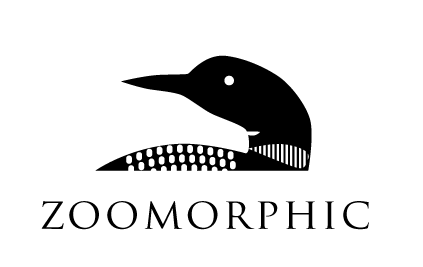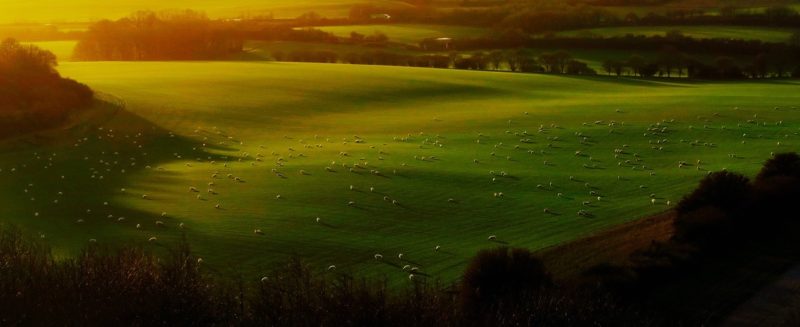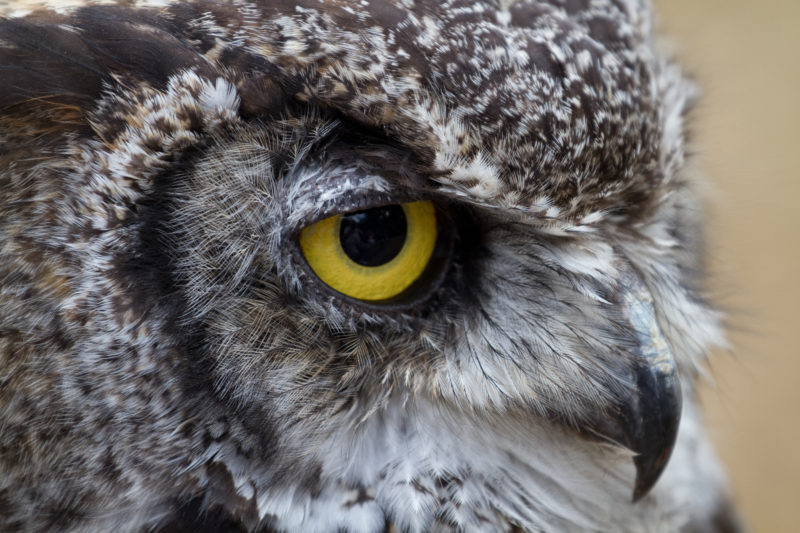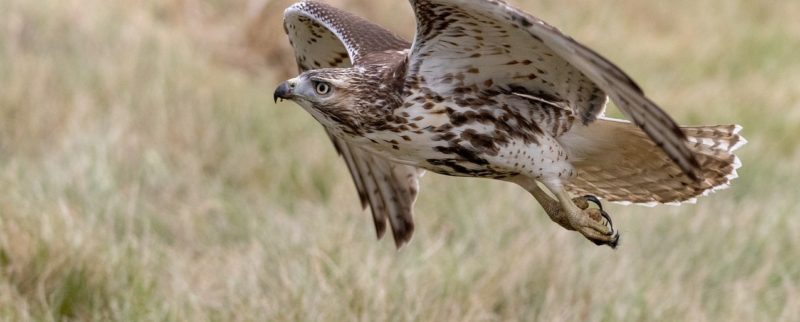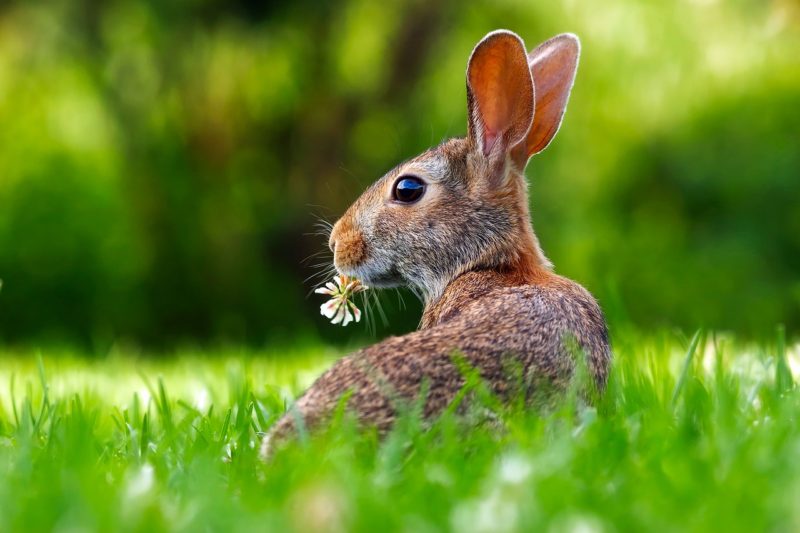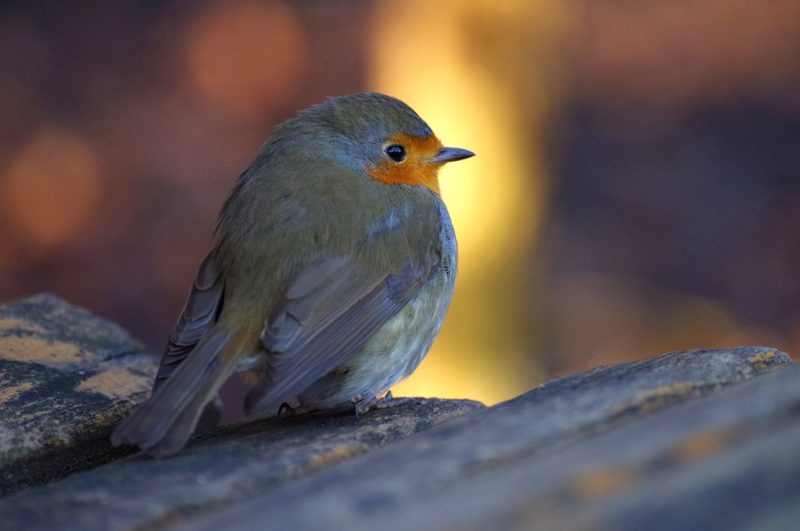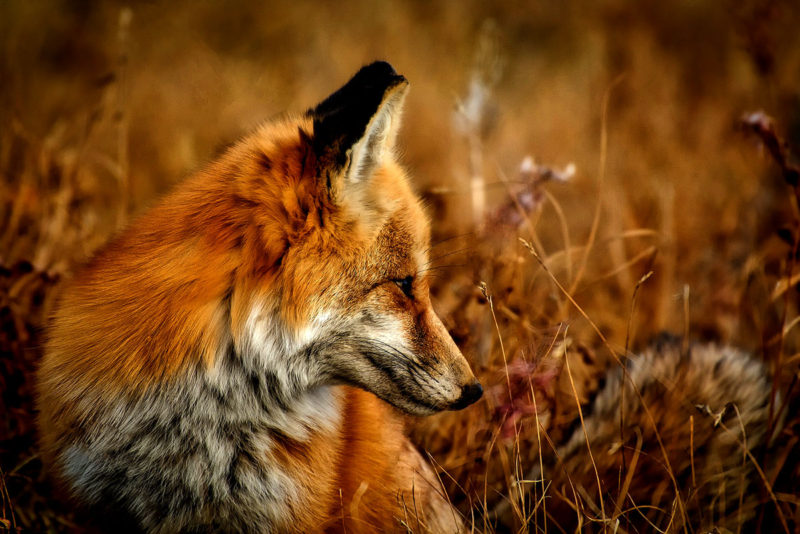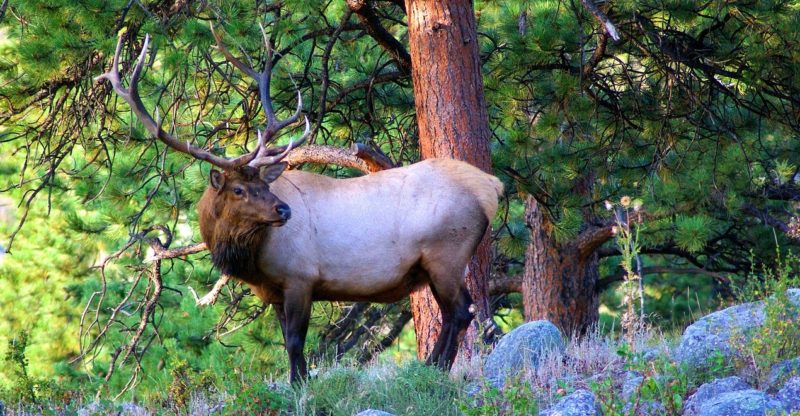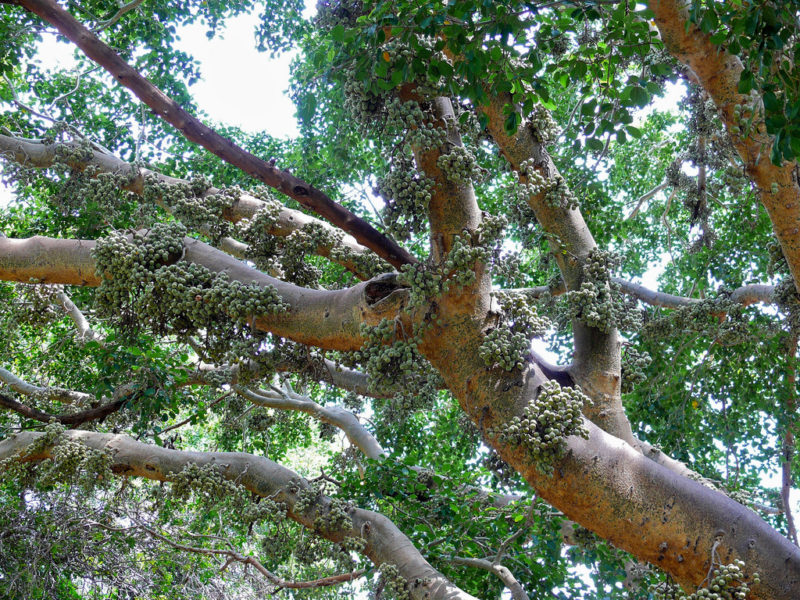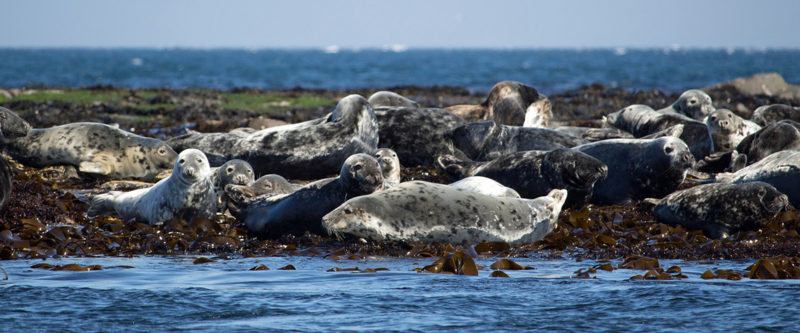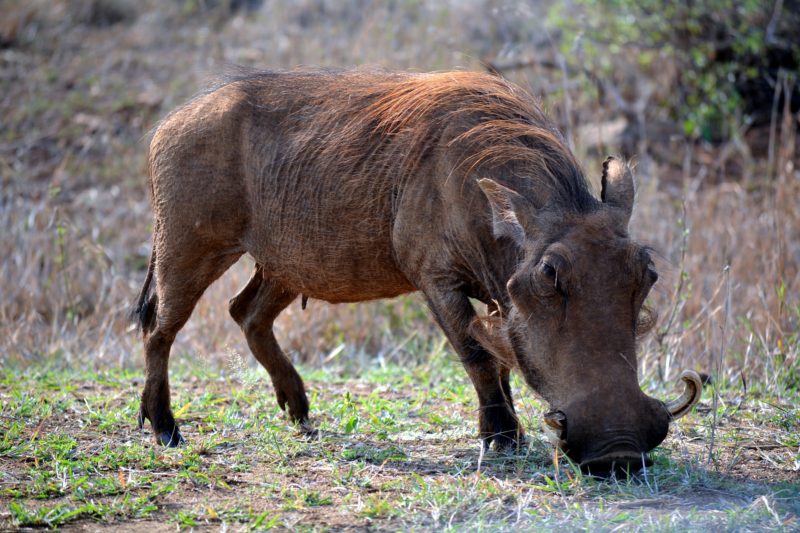by Melody Hessing
The night after Halloween, I drive home from town to my cabin in the
bush. The rain-streaked road winds past orchards and vineyards, then lopes uphill
into sagebrush and pine. Across the lake, the knuckled peak of Giant’s Head
spooks a sliver of new moon.
But what is that?
A witch straddles the power line.
I pull onto the shoulder and cut the car lights. A dark form hangs
in mid-air, squat and stolid, back-dropped by the silver sheen of Okanagan
Lake. I grapple for my flashlight.
A great horned owl rotates its head towards me, golden black-cat eyes
scanning the landscape. Then its wings
extend and the owl swoops into the night, navigating a sea of darkness. It disappears against the pinpricked lights
across the lake.
I haven’t seen a great horned owl for years. I moved to the Okanagan valley forty-five
years ago, entranced by its biodiversity. Canyon wrens, blue-tailed skink, rattlesnakes,
rubber boas and badgers made this place home. A great horned owl used to roost
on the old pine snag outside the house.
It hooted through the night: Whoot, who, whoo hooooot. Whoooot, whooo, whooot. A woodwind sound—mournful as the wail of the
Kettle Valley Railway on its run from Penticton to Midway. The last train went
through in 1973. I don’t hear many great
horned owls these days.
Back at the cabin, I check my field guides. The range of the Northern Great Horned Owl, Bubo virginianus, extends throughout
western North America, but I know little more aboutthis bird. Great horned
owls are nocturnal, but may be visible during the day, especially when mobbed
and harassed by crows and smaller birds.
At the top of the food chain, they consume a variety of smaller mammals
including hares, weasels, marmots and birds.
A great horned owl can hear or spot a rodent under snow. With a wingspan of almost three feet, it can
swoop down on a meadow vole. The owl is
a stealth machine.
While great horned owls are not endangered in British Columbia,
neither are they plentiful. Through
habitat reduction and slaughter, humans have played a major role in their
demise. One hundred years ago, a two-dollar bounty on great horned owls in the
Okanagan valley targeted this bird for its perceived depredations on livestock.
Cultural images link the owl to wisdom, but also to evil and death. During my tenure in this place, human
population has almost tripled. Much of
the undeveloped land has been converted to vineyards or residential use. Today
the South Okanagan region is the third most endangered ecosystem in Canada
The next morning, I drive back to town
through ponderosa pine and golden cottonwoods.
As I near the old dump, close to yesterday’s sighting of the owl, a
grey-brown object is clumped on the road ahead. It’s too small for a deer, but
large enough to be visible from a distance. Trick or treat?
Two ravens prance stiff-legged on top, pecking at the lumpy mess. As I slow down, the object morphs into an accident
of feathers. A brown-striped tail juts
from beneath a mishmash of grey and brown. The ravens hop from a perch of torn
red flesh that glares like a police siren. Perhaps it’s a red-tailed hawk or some other
large bird. I can’t bring myself to stop.
Could this be the owl I saw last night?
I know that owls often feed on mice and voles on the road
shoulder. Although great horned owls may
live longer than a quarter of a century, mortality rates are particularly high in
young owls. This could be a juvenile.
That afternoon when I return, the dead bird has been pulled to the side of the road. Hours ago, this mishmash was a lineman of a bird. Now it lies twisted and pulled apart, one wing raked askew. Bloodstained vertebrae hook like a question mark. I cannot locate the head. This may be a great owl, but it is no longer horned.
The corpse is feathered — primaries and secondaries, coverts,
contours and semi-plumes, down and tail feathers. Marbled birds-eyes, like a Gustav Klimt
painting, and stripes of brown, taupe and grey. These provide camouflage and
warmth; they enable owls to glide silently and swiftly to their prey from an
aerial perch.
Two limp and furry rabbit-like feet poke below, unlucky charms.
*
When I get home, I call my
friend Tony, an avid birder and former parks interpreter.
“I haven’t seen a great
horned owl for years. Last night I
watched it swoop over the lake. Today, POOF!
It’s dead!”
Tony responds in his
classroom voice: “It may not be the same owl.
And even if it is, owls often feed on mice and voles on the road
shoulder…”
“Could someone have hit it on purpose? Do you think someone took the
head? Maybe they wanted it for a trophy…
Tony interrupts. “Well, they say we honour other predators…” His
voice softens, “At least it’s not alive. It’s not in pain.”
“I hate to leave it there. Last night, same owl or not, it was
beautiful.”
I sit in my favorite chair,
looking over the lake into a bowl of overcast sky. It’s not just the transience
of beauty or the imminence of death. I am struck that someone may have killed
it intentionally. Surely, to see this owl in flight, followed so soon by a
grisly death is more than coincidence. I
am a witness to something extraordinary; I have a responsibility.
There is silence. Then I continue, “I hate to leave that bird on the
road. There won’t be anything left in a
day or two. I owe it something — a
burial, at least an acknowledgment.”
Tony understands, “I’ve got a couple of great horned owls. Pieces of
them, anyway. Road kills. Once the car just ahead of me hit one. I salvaged
what I could.”
He pauses. “You have to have a
permit, though. They’re strict about this. It’s to protect the birds, to keep
people from shooting them.”
Tony takes his ‘found
objects’ to the Museum wildlife display. “People love to feel those study skins,
to know that these birds were alive. Right
where they live! They can see all those layers of feathers, how owls fly, why
they’re so silent.”
He exhales. “You could always mount the wings. That way you can preserve them. I could
borrow them for display…But don’t tell anyone. If you have any part of that
bird in your possession, you’re breaking the law.”
*
The next day, I leave the house early, red long-handled clippers in
hand. The owl is now reduced to a flimsy
architecture of quill and bone. From a flimsy wig of gray-brown plumage, the
crimson core glares, reduced to half its former size. Only the tail remains
intact. Zygodactyl feet, capable of seizing small mammals, hang limp and long,
like two stuffed toys. At the bottom of each toe are tiny claws, talons that could
rake the flesh of an elephant.
This cannot be the bird on
the wire.
I approach the body with a detachment that is not exactly clinical. The corpse is so mangled that I don’t know
where to start. One of the wings folds
in on itself like a reticulated fan. The
other is torn; primaries stagger in clumps.
I make a poor pathologist.
Checking for traffic, I hold the carcass over the ditch. The
clippers gnaw at the joint. I recall the Thanksgiving turkey in its cellophane
package, a grey mound of pimpled flesh, already plucked and plumped, bearing
little resemblance to a living creature.
This bird is dressed for flight.
Beneath my breath, I offer an apology. I acknowledge my species’
complicity for avian assault (on behalf of Henry Ford, General Motors and
highways everywhere). Even if the death
of the owl is an accident, it represents the collateral damage of human
encroachment of wild space.
Repentance cuts no truck. The bird will not acquiesce. It practices
passive resistance, resilient in its death.
The clippers cannot cut through the tendon. The fleshy fabric will not
release the wing. Then I hear the slip of release, and in one feral act, tear wing
from body.
I am predator.
From my fingers, the wing stretches to the ground, feathers
extended. I wrap it in a Save-on-Foods
shopping bag and twist the top to keep it out of sight. Picking up the
remainder of the corpse with my other hand, I carry it uphill and place it on a
rocky roost overlooking the lake.
*
I’m nauseous when I get back to the cabin. What prompted me to cut
this wing? Why did I bring it home?
Out on the porch, the wing swings in its bag, long and narrow like a
torpedo.
I phone my sister Polly, a wildlife biologist.
“That happened to me,” she reports, “back when I was a student.
There was a great horned owl along the highway and I stopped to I.D. it. It must have just been hit. I couldn’t leave
it there.”
She pauses, as if trying to remember. “I cut off both its wings. Right then a
police officer drives up and gets out of the car.”
“What did you do?”
“I just started talking. I told him I was a biology student, which
was true. That our ecology lab had all these collections and we had permits to
collect. I managed to talk my way out of it. He let me keep the wings.”
She sighs. “I mounted them on a board and pinned them open with
stick pins.”
“Where are they?”
“I was going through my old boxes of stuff just a year or two ago.
And there were the wings! Except the
dermestid beetles had gotten to them. There wasn’t much left.”
She cross-examines. “Where
did you store it?”
“It’s hanging on the porch. I can’t even look at it. How could I do
this?”
After a moment’s silence, Polly
begins, slowly. “I think that we want to hold on to nature, to literally preserve
the wild. But, as they say, it’s like
trying to catch the wind.”
Late that afternoon, I look out on the porch, where the bag hangs
from the beam, shuffling in the afternoon breeze. I inhale.
All of this is to expiate my guilt, a testimony to human desire. Yes, I
reside at the ‘bunchgrass/forest interface’ so that I can readily view and
experience its biodiversity. But my presence is not benign. I drive to town almost every day. I too might have hit this owl on the road,
although not intentionally. I inhabit a place that until the last century was
relatively ‘wild,’ and my life here impacts others as well.
To display the wing in my home does not serve the interest of the
owl, science, or art. Clipping the wing from the body is the appropriation of
another life form. To dismember the bird is to carve it from its essence.
*
Night comes early as I drive down the road and pick my way uphill,
through sagebrush and pine, to the rocky overlook. To the west, Okanagan Lake is lit by a scimitar
moon. The remains of the great horned owl form a small bony cathedral, its
remaining flesh nibbled close.
The wing slides from the bag onto the lichened granite. As I turn to go, feathers lift in the evening breeze.
Melody Hessing teaches Environmental Sociology in B.C. colleges and universities, exploring the relations between society and the natural world. In addition to scholarly publications, her creative non-fiction has been published in several literary magazines and anthologies. Her writing explores the intersection between society and nature not only to celebrate the wild, but to lament its demise.
Image by Tony Hisgett from Birmingham, UK – Great Horned OwlUploaded by Magnus Manske, CC BY 2.0, https://commons.wikimedia.org/w/index.php?curid=21115843
